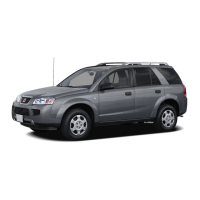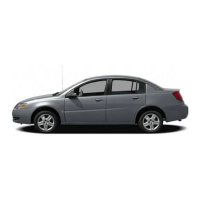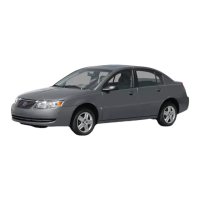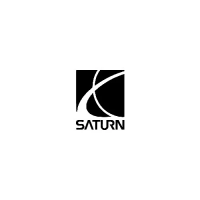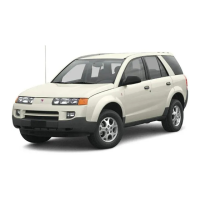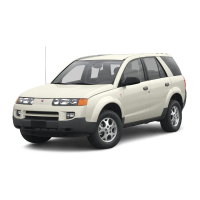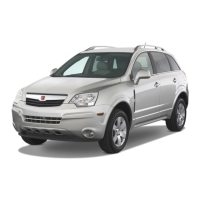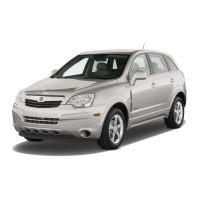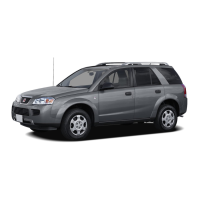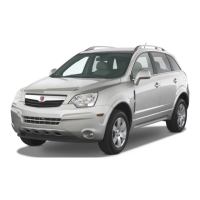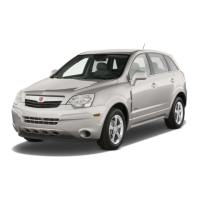The passenger sensing system is designed to turn off
the right front passenger’s frontal airbag if:
• the right front passenger seat is unoccupied
• the system determines that an infant is present in
a rear-facing infant seat
• the system determines that a small child is present
in a forward-facing child restraint
• the system determines that a small child is present
in a booster seat
• a right front passenger takes his/her weight off of
the seat for a period of time
• the right front passenger seat is occupied by a
smaller person, such as a child who has outgrown
child restraints
• or if there is a critical problem with the airbag
system or the passenger sensing system.
When the passenger sensing system has turned off the
right front passenger’s frontal airbag, the off indicator
on the instrument panel will light and stay lit to remind
you that the airbag is off.
If a child restraint has been installed and the on
indicator is lit, turn the vehicle off. Remove the child
restraint from the vehicle and reinstall the child restraint
following the child restraint manufacturer’s directions
and refer to Securing a Child Restraint in the Right Front
Seat Position on page 1-54.
If after reinstalling the child restraint and restarting the
vehicle, the on indicator is still lit, check to make sure that
the vehicle’s seatback is not pressing the child restraint
into the seat cushion. If this happens, slightly recline the
vehicle’s seatback and adjust the seat cushion if
possible. Also make sure the child restraint is not trapped
under the vehicle head restraint. If this happens, adjust
the head restraint.
If the on indicator is still lit, secure the child in the
child restraint in a rear seat position in the vehicle if
one is available and check with your retailer.
The passenger sensing system is designed to enable
(may inflate) the right front passenger’s frontal
airbag anytime the system senses that a person of
adult size is sitting properly in the right front passenger’s
seat. When the passenger sensing system has
allowed the airbag to be enabled, the on indicator will
light and stay lit to remind you that the airbag is active.
For some children who have outgrown child restraints
and for very small adults, the passenger sensing system
may or may not turn off the right front passenger’s
frontal airbag, depending upon the person’s seating
posture and body build. Everyone in your vehicle who
has outgrown child restraints should wear a safety
belt properly — whether or not there is an airbag for
that person.
1-70
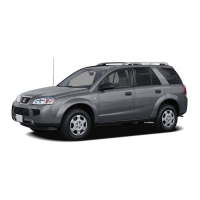
